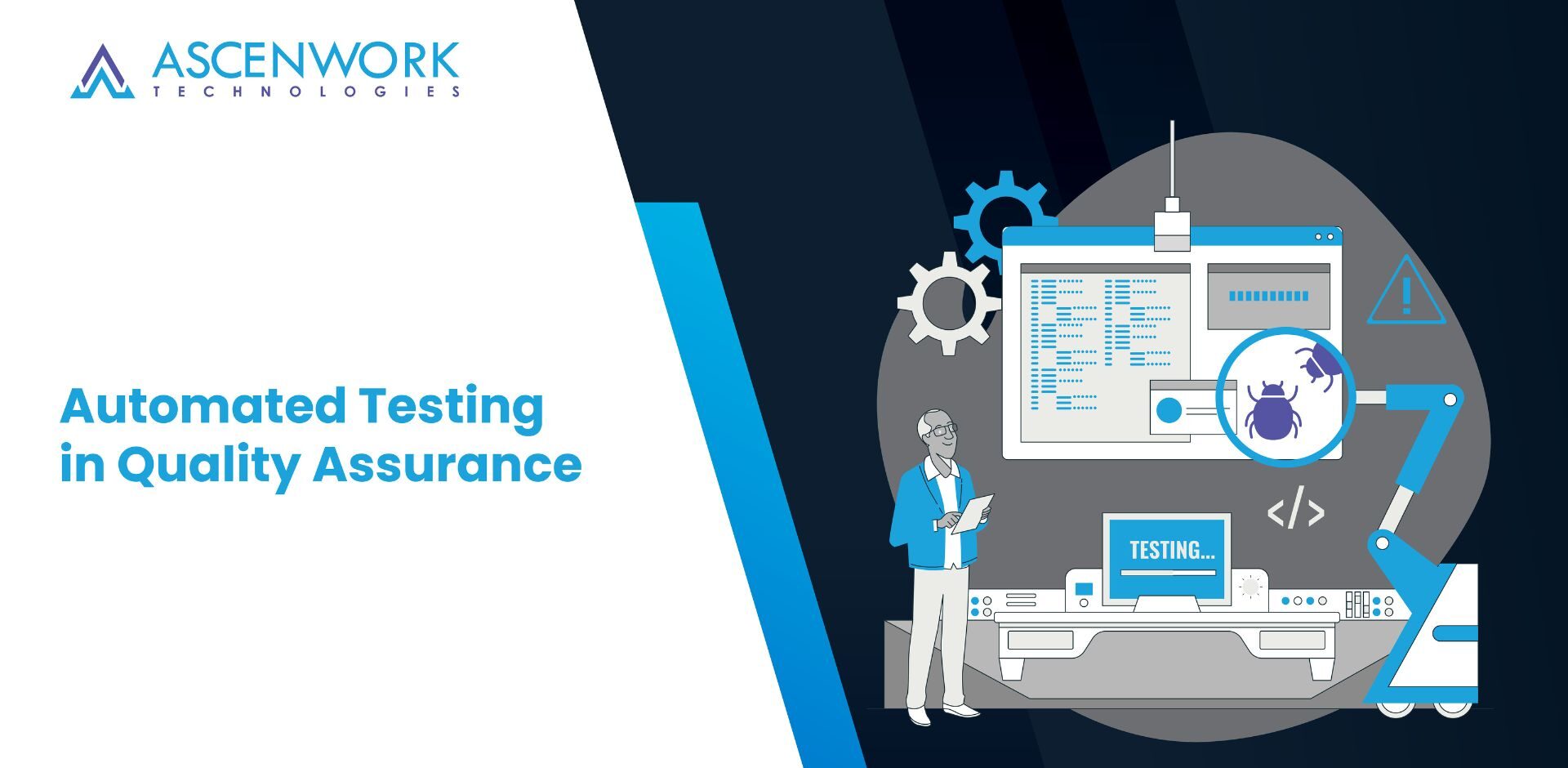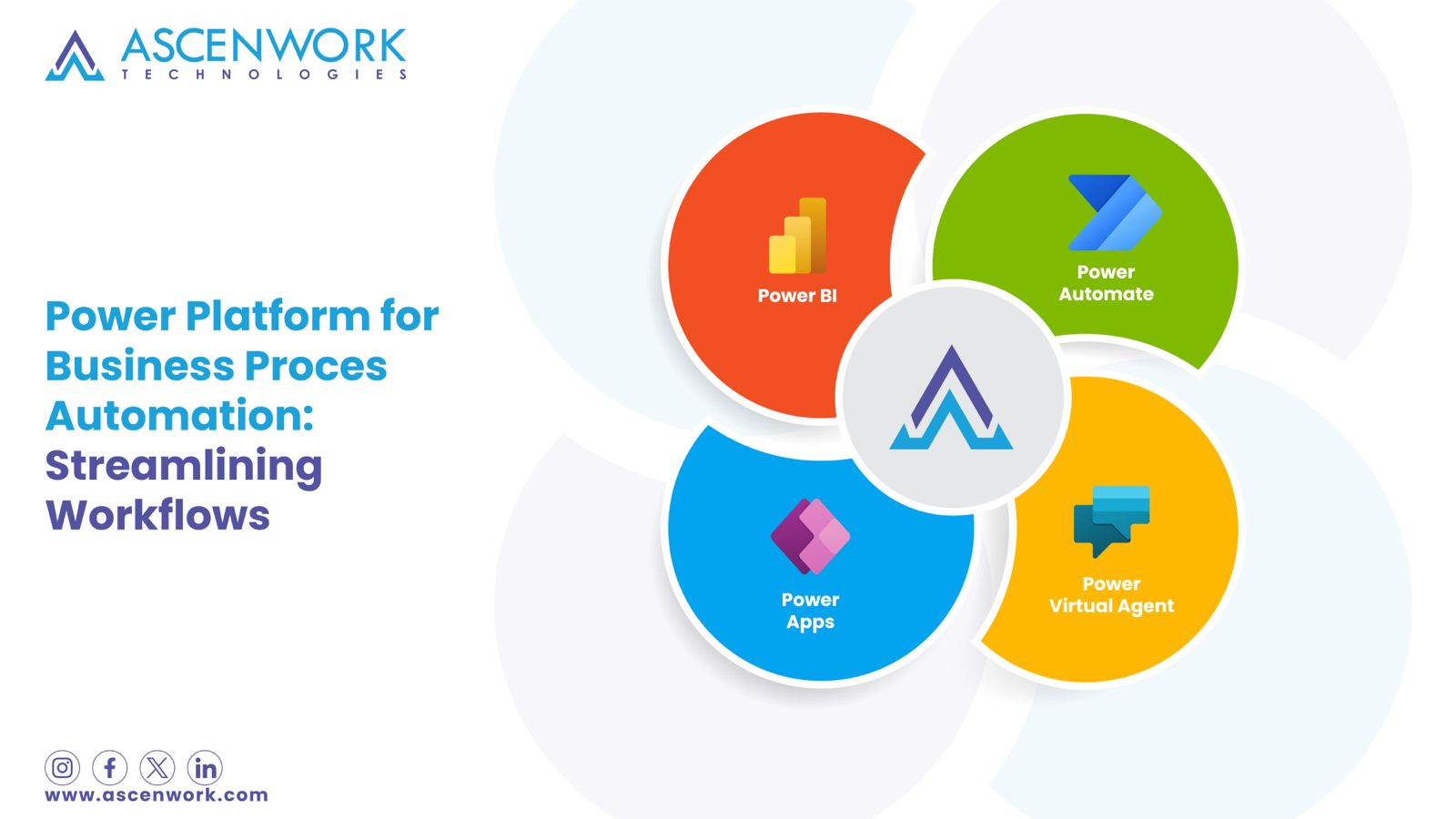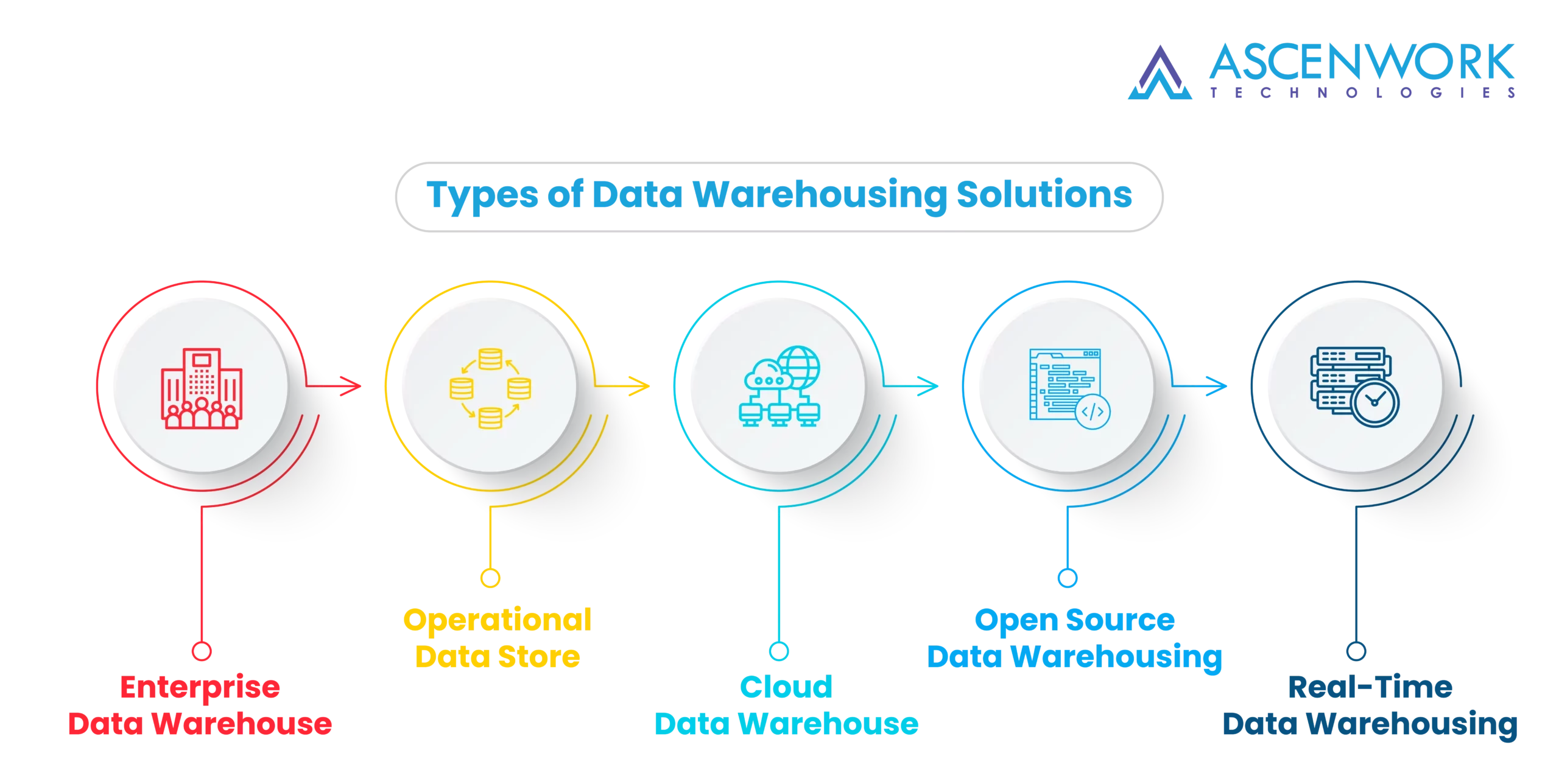
In the ever-evolving landscape of the IT industry, where innovation knows no bounds, the one constant that stands as a beacon of reliability is the quest for quality. The pursuit of Software automated testing excellence remains the linchpin in delivering products that not only meet but exceed user expectations. In this digital era, the demand for seamless, bug-free applications is non-negotiable, driving Quality Assurance (QA) to the forefront of software development.
Automated testing, a cornerstone of modern QA, has emerged as the silver bullet for achieving consistent, high-quality software. It’s a dynamic force that not only streamlines testing processes but elevates the entire software development lifecycle. This article explores the indispensable role of automated testing in QA, shedding light on best practices that can lead to excellence in the IT industry and beyond.
So, fasten your seatbelts as we embark on a journey through the world of automated testing, demystifying its significance, and uncovering the tried-and-true best practices that every IT professional should embrace. Whether you’re a seasoned QA engineer, a curious developer, or a tech enthusiast, this article will provide valuable insights that resonate across industries and applications.
Best Practices for Success in Automated Testing
In the dynamic realm of software development, quality assurance is the linchpin of delivering exceptional products. Automated testing has become a pivotal ally in the quest for software excellence, ensuring that applications are robust, reliable, and bug-free. To harness the full potential of automated testing, you need to embrace a set of best practices that can lead to success in the IT industry and beyond.
Early Involvement
Comprehensive Test Suites
Version Control
Continuous Integration
Data Management
Parallel Testing
Logging and Reporting
Maintenance
Common Pitfalls to Avoid in Automated Testing
Automated testing is a powerful tool in the quality assurance arsenal, but like any technology, it comes with its own set of pitfalls. To ensure the success of your testing efforts, it’s crucial to be aware of and avoid these common challenges.
Over-automation
While automated testing is a game-changer, not everything should be automated.
Ignoring Manual Testing
Automated testing is not a silver bullet. It’s essential to complement it with manual testing
Test Data Challenges
Managing test data can be a significant challenge in automated testing.
Inadequate Training
Automated testing tools and frameworks require specific skills and knowledge.
Measuring Success in Automated Testing
Test Coverage
Defect Detection Rate
Test Execution Time
Regression Testing
Test Case
Test Maintenance
Recommended Tools
Selenium is a popular open-source automation framework that empowers testers to automate web applications with ease, offering a wide range of programming language support and browser compatibility.
JUnit is a robust testing framework for Java applications, simplifying the process of writing and executing unit tests, making it an invaluable tool for Java developers and QA professionals a like.
Appium is a versatile open-source tool designed for mobile app automation, allowing developers and testers to write automated tests for Android and iOS apps using a single codebase.
JIRA, developed by Atlassian, is a widely used issue and project tracking tool that aids in test management, allowing teams to track and manage test cases, defects, and agile development processes.
Quality Assurance (QA) and Test Automation serve distinct but interrelated purposes. Quality Assurance encompasses the entire process of ensuring software quality, focusing on processes, standards, and methodologies. It involves proactive measures to prevent defects, such as code reviews and process improvement. Test Automation, on the other hand, specifically deals with automating the execution of test cases and checking the software’s behavior against expected outcomes. It’s a subset of QA that aims to enhance the efficiency of testing processes.
Test automation plays a pivotal role in software development for several reasons:
- Efficiency: Automated tests can run faster and more frequently than manual tests, accelerating the testing phase.
- Repeatability: Automation ensures that the same tests are executed consistently, reducing the chances of human error.
- Test Coverage: Automation can cover a broad range of test scenarios, increasing the overall test coverage.
- Early Detection of Defects: Automated tests can detect defects in the early stages of development, reducing the cost.
- Regression Testing: It allows for quick and thorough regression testing after code changes.
Automated testing involves using scripts, test frameworks, and testing tools to perform test cases without manual intervention. It entails creating test scripts that emulate user interactions with the software, comparing actual results with expected results, and reporting any discrepancies. Automated testing is employed to increase testing efficiency, reduce human intervention, and provide rapid and accurate feedback during the software development lifecycle.
Automated testing tools offer numerous advantages:
- Speed and Efficiency: Automated tests run much faster than manual tests, enabling faster feedback.
- Repeatability: Automated tests produce consistent results and can be reused across different phases of development.
- Increased Test Coverage: Automation allows for testing a wider range of scenarios and configurations.
- Cost Reduction: Over time, automated testing can significantly reduce testing costs compared to manual testing.
- Early Defect Detection: Automated tests catch defects early, reducing the cost and effort required for bug fixing.
The primary purpose of automated testing is to streamline and optimize the testing process. It aims to:
- Improve testing efficiency by automating repetitive and time-consuming tasks.
- Provide rapid and consistent feedback to development teams.
- Enhance test coverage by executing a wide range of test scenarios.
- Reduce the chances of human error.
- Identify defects early in the development process, minimizing their impact.
The future of automation in software testing is promising and involves several key trends:
- AI and Machine Learning: Automation will become more intelligent with self-healing test scripts, predictive analytics.
- End-to-End Automation: Automation will extend beyond functional testing into areas such as security, performance.
- Continuous Testing: Automation will be tightly integrated into the CI/CD pipeline, providing real-time feedback.
- IoT and Mobile Testing: Automation will play a significant role in testing IoT devices and mobile applications.
- Robotic Process Automation (RPA): RPA will grow in importance for automating business processes and software testing.


